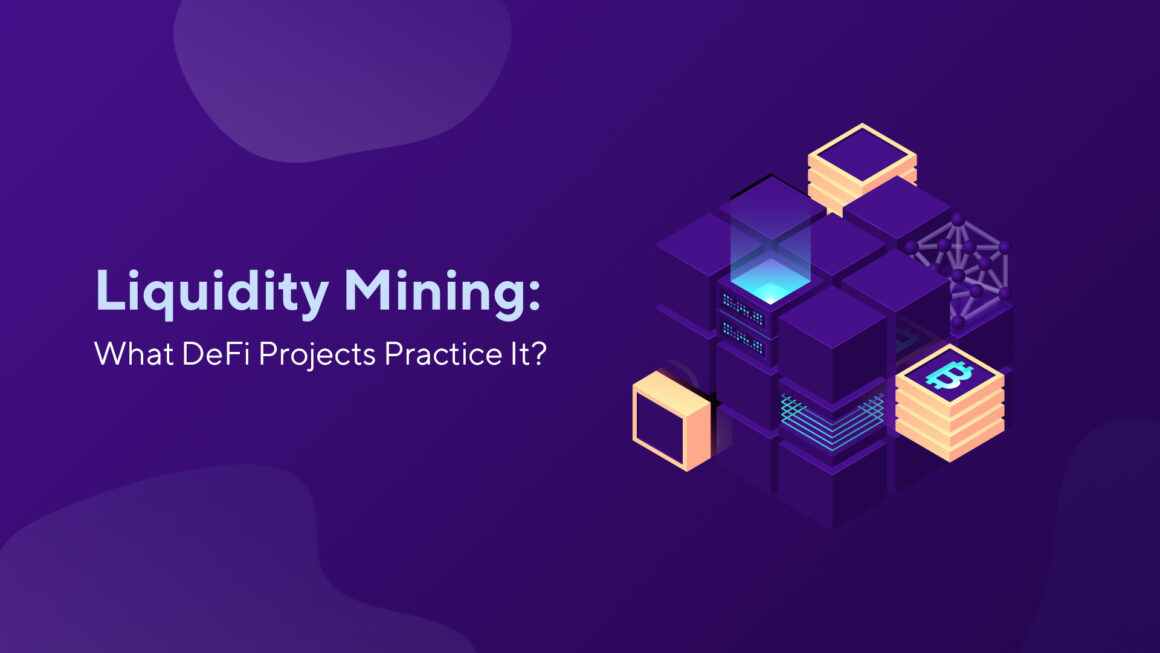Nowadays, there are now numerous DeFi projects that participate in liquidity mining programs. Many of them started with the distribution of native tokens as a reward for the use of their services. Today, we’re about to show you three examples of such projects. Let’s get started!
Synthetix (SNX)
Synthetix is the best known DeFi derivatives platform on Ethereum. By acquiring synthetic assets, known as synths, the Synthetix protocol enables you to participate in the directional movements of numerous assets without actually owning them.
Synthetix is considered a pioneer in liquidity mining. In order to get new synths, users must participate in the SNX staking. A reward incentive was introduced to ensure that synths have sufficient liquidity. Producers of synths can earn passive income from the fees charged when purchasing synths.
For example, if sUSD is stamped, additional synths can be bought with it. This creates a liquid market on the Synthetix exchange. SNX is a utility token of the Synthetix ecosystem, which is required for the generation of synthetic assets. SNX can be traded on several exchanges.
Compound (COMP)
Compound is a decentralized platform for borrowing and lending cryptocurrencies. Here it’s particularly important that there is sufficient liquidity to meet the demand of all borrowers. The main reward incentive for lenders is attractive interest rates for lending. But since June 2020, both lenders and borrowers have had a financial incentive to use the Compound platform. Because all participants are rewarded with the governance token COMP for their use.
COMP is entitled to vote on future governance decisions and the token is tradable on the open market. The distribution of COMP was the starting signal for a DeFi rally in summer 2020. The total value locked rose significantly. Numerous projects followed this example and DeFi became a real hype. The US dollar values of the new governance tokens skyrocketed within a few weeks. This was the starting signal for the DeFi agricultural revolution, which continues to this day in the form of yield farming.
Uniswap (UNI)
Uniswap is the largest decentralized trading platform on Ethereum. Uniswap also started distributing governance tokens in September 2020. For every single Ethereum address that has ever participated in a token swap on Uniswap, 400 UNI can be claimed. This is a kind of retrospective reward for liquidity that users have provided in the past.
However, a liquidity mining program was available on Uniswap long before that. For so-called liquidity providers, it was and is still possible to earn passive income by providing liquidity for trading with a token pair. Anyone can act as a liquidity provider in ways that don’t restrict access. The reward takes the form of fee shares that arise when trading. The liquidity providers can withdraw the corresponding tokens from a liquidity pool at any time.
The mechanism at Uniswap that determines market makers and prices of exchange pairs is called Automated Market Maker (AMM). The prices of assets in the pool are determined algorithmically.
For example, if someone buys ETH with DAI, ETH is removed from the liquidity pool, while DAI is added to the pool. The price determination for ETH takes place ‘asymptotically’. The greater the demand for ETH, the higher the fee charged. The fee refers to the additional amount of DAI — required to purchase ETH — compared to the original price of xDAI per ETH.
What other projects that practice liquidity mining do you know? Feel free to share your knowledge in the comments. Have a great weekend!

Leave a Reply